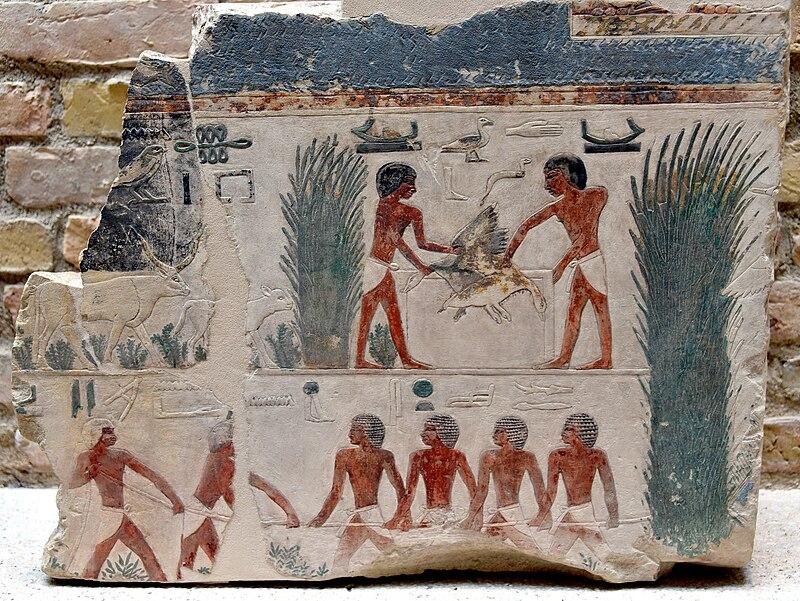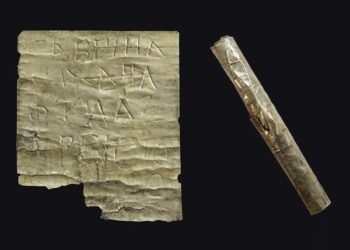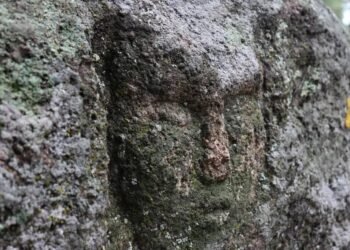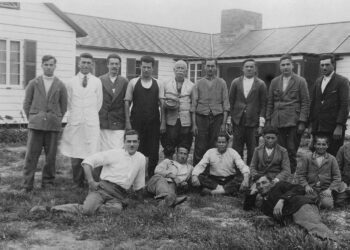The ancient Egyptian sun temple at Abu Gorab was constructed during the 5th Dynasty of the Old Kingdom, around 2500 BCE. This period marked a significant shift in the religious beliefs of the Egyptians, as they began to worship the sun god Ra more prominently.

The site is not as well-known as other ancient Egyptian landmarks, such as the pyramids of Giza or the temples of Luxor, but it is equally deserving of attention and appreciation.
The construction of the Abu Gorab temple was a reflection of the religious beliefs and cosmology of ancient Egypt. The sun played a central role in Egyptian mythology, representing the life-giving force and the source of all creation.

The temple was strategically positioned to align with the rising sun on the summer solstice, symbolizing the rebirth and renewal of the sun god. The main structure of the temple was a massive obelisk, reaching a height of over 40 meters. This obelisk was adorned with intricate carvings and hieroglyphics, depicting scenes from the life of Ra and various religious rituals. Surrounding the obelisk were several smaller structures, including courtyards, altars, and smaller obelisks, all dedicated to the worship of Ra.

Inside the temple, there were numerous chambers and halls, each serving a specific purpose in the religious rituals and ceremonies. The most sacred chamber was the sanctuary, where a statue of Ra was placed, symbolizing his presence in the temple. The walls of the sanctuary were adorned with precious metals and gemstones. The walls were adorned with colorful murals depicting scenes from Egyptian mythology and religious ceremonies.
Outside the temple, there were vast gardens and courtyards, where priests and worshippers would gather for religious festivals and ceremonies. These gatherings were elaborate and extravagant, with music, dance, and offerings being made to honor Ra and seek his blessings.

The architectural design of the temple was meticulously planned to align with the movements of the sun. The positioning of the altar and the orientation of the temple were carefully calculated to capture the first rays of the rising sun and the last rays of the setting sun. This celestial alignment was believed to enhance the pharaoh’s connection with the sun god and strengthen his divine authority.
Over the centuries, the sun temple at Abu Gorab fell into disrepair and was eventually abandoned. The stones from the temple were used for other construction projects, and the once-mighty obelisk crumbled to the ground. Today, only fragments of the temple remain.
One possible reason for the decline of Abu Gorab could be attributed to the religious changes that took place in ancient Egypt. Throughout its long history, Egypt experienced periods of monotheism and polytheism, with different pharaohs and rulers promoting different gods and religious practices.

Another factor that may have contributed to the decline of the temple is the political instability that plagued ancient Egypt. Power struggles between different factions and dynasties often resulted in neglect and abandonment of certain temples. The shifting political landscape may have diverted resources and attention away from Abu Gorab, leading to its eventual decline.
For centuries, the ruins of Abu Gorab lay buried beneath the desert sands, forgotten by the world. It wasn’t until the early 20th century that the temple was rediscovered and excavated by archaeologists.
































